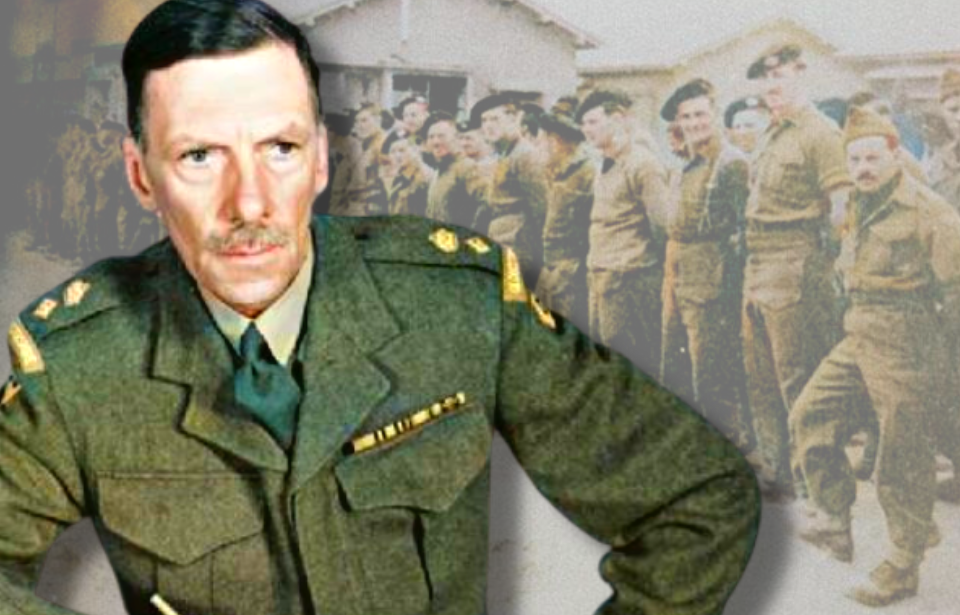The Battle of Imjin River was a confrontation during the Korean War between United Nations forces and Chinese troops. Spanning four days, it witnessed the final stand of the “Glorious Glosters,” who were encircled by the enemy on Hill 235. This dire situation arose from a miscommunication between commanders, leading to the tragic outcome where most of the battalion’s members were either killed or captured as prisoners of war (POWs).
Why did Britain enter the Korean War?
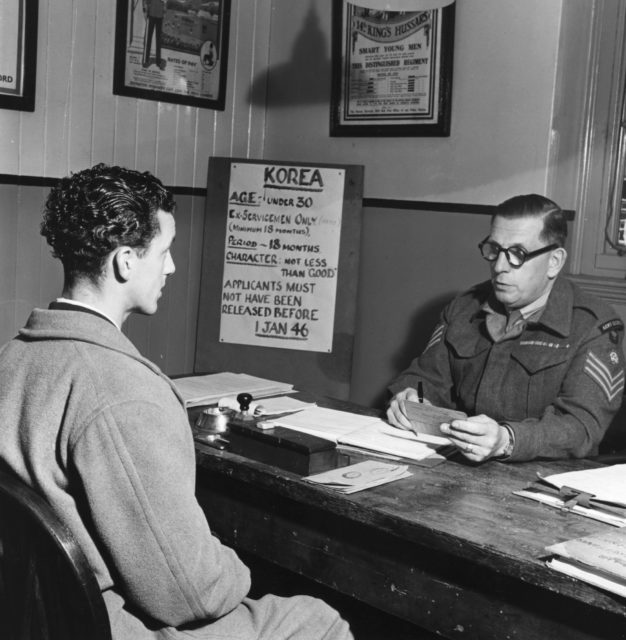
Following the close of the Second World War, Britain was still recovering, both financially and in terms of its relationships with former colonies. However, while the conflict had ended, another was brewing in Korea. Following the Japanese surrender, the country was divided along the 38th parallel. The United States sided with the South, while Soviet forces moved into the North.
On June 25, 1950, North Korea launched an attack on the South, sparking intervention by the United Nations Security Council, of which Britain was a key member. The country’s government was reluctant to join what became known as the Korean War, but did so nonetheless.
In addition to its place on the UN Security Council, Britain was also indebted to the US and felt obligated to provide support. Over 90,000 troops were sent to South Korea, the majority of them conscripts. By the close of the war, the country had suffered 1,078 casualties, while the US saw approximately 37,000. China and North Korea had experienced the most casualties, with estimates placing the total at 1.5 million.
Chinese Spring Offensive and the Battle of Imjin River
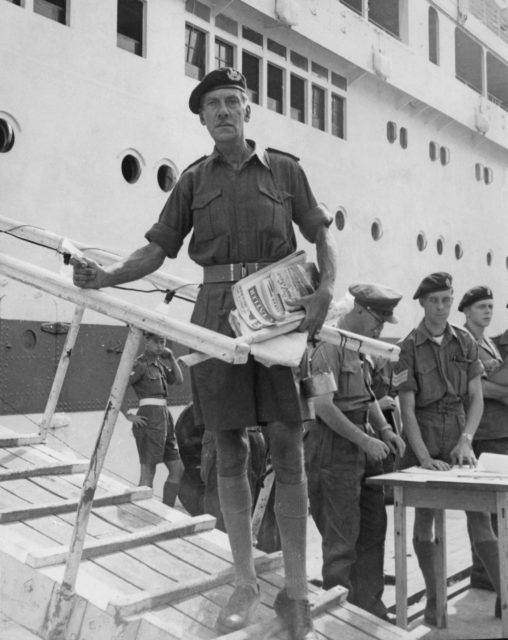
When the North launched its invasion of the South, it received support from the Chinese People’s Volunteer Army (PVA). This support facilitated the rapid capture of Seoul, the capital of South Korea. Nevertheless, the combined forces were unable to maintain control against UN troops, who recaptured the city in March 1951. Once the UN forces resecured Seoul, they established a buffer zone further north to deter any future assaults.
The 29th Infantry Brigade, under the command of Brigadier Thomas Brodie, was employed to defend a 15 km section of the 64-kilometer front. This brigade included the 1st Battalion, Royal Northumberland Fusiliers; 1st Battalion, Royal Ulster Rifles; 1st Battalion, Gloucestershire Regiment; and an attached Belgian battalion.
Marshal Peng Dehuai, the commander-in-chief of the PVA, had vowed to recapture Seoul as a May Day gift for Chinese President Mao Zedong. On April 22, 1951, during the Chinese Spring Offensive, enemy forces launched an assault on the 29th, resulting in the Battle of Imjin River.
The British were heavily outnumbered
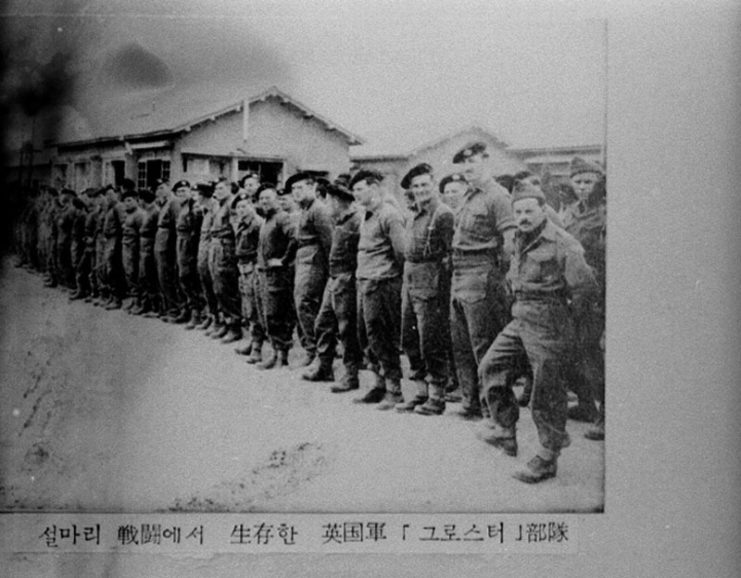
When the raid began, the 29th Infantry Brigade was positioned across a number of hilltops south of the Imjin River. When the Chinese attacked, between 27,000-30,000 troops (part of a much larger 300,000-soldier force) pushed across the waterway in a ferocious attack. The Royal Northumberland Fusiliers, Royal Ulster Rifles, the Belgian battalion and the 700-member “Glorious Glosters” repelled the advance for three days, fighting off waves of Chineses foot troops.
On April 23, the Glorious Glosters were being pushed into the narrowing perimeter of Hill 235. By the following day, they were completely surrounded. John Dyer, a then-20-year-old national serviceman with the Royal Ulster Rifles, later said of the overall engagement:
“I had never seen so many soldiers in my life. The hillside was literally covered in them. If you’ve ever seen on a film when lemmings go over a cliff, it was just like that. Then we realized that we were into trouble. We wouldn’t be human if we hadn’t got scared – a mass of people rushing at you, bayonets fixed, grenades being thrown, shouting, screaming, because they used it as a fear tactic.”
By the morning of April 25, the order to withdraw had been given. By this time, however, the then-400-strong Glorious Glosters were completely surrounded. While the other members of the 29th had withdrawn, they were unable to, as 10,000 PVA soldiers had successfully crossed the river and were continuing their full-on assault.
A misunderstanding leads to an overwhelming assault
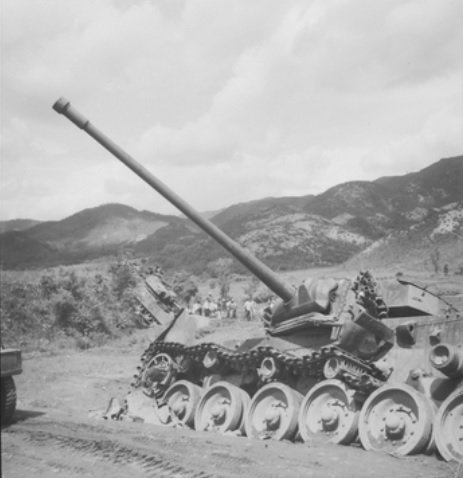
When Thomas Brodie tried to update his American UN joint command superior, Maj. Gen. Robert H. “Shorty” Soule, he said, “Things are a bit sticky, sir.” Unfortunately, his statement was misinterpreted by Soule, who thought it meant the Glorious Glosters were still holding the line. As such, he didn’t provide Brodie with additional support, forcing the trapped troops to retreat to Hill 235, now known as “Gloster Hill.”
Gen. Anthony Farrar-Hockley, who was captured during the Battle of Imjin, later said, “The two nations spoke military [language] in a slightly different way. It’s certainly a good example of the old saying about Britain and the US as two nations divided by a common language … I don’t think anyone should be hard on the brigadier. He was talking in battle, when they were clinging on by their fingertips. Nobody had time to think of the nuances of what they were saying.”
Rescue from Hill 235

In an attempt to rescue the Glorious Glosters, Centurion tanks with the 8th King’s Royal Irish Hussars were sent in. They, along with 45th Field Regiment Royal Artillery and 170th Independent Mortar Battery, served as the 29th Infantry Brigade’s supporting arms.
As they made the trek to the encircled and outnumbered battalion, they bulldozed through whatever Chinese troops were in their path. These soldiers wound up crushed by the tanks, as they attempted everything they could to try and prevent the cavalry regiment from reaching their destination.
Thankfully, the Centurions reached the stranded battalion. Those who could climbed on the back of the tanks and were taken to a defensive position north of Seoul.
Numerous casualties were suffered during the Battle of Imjin River
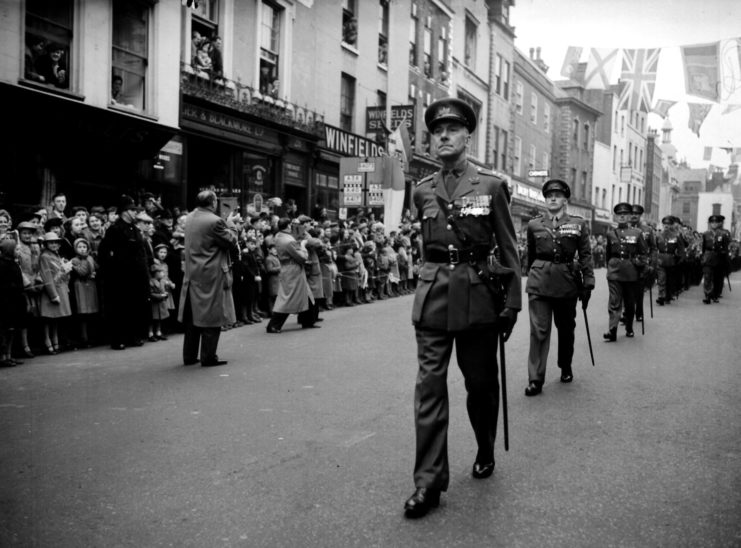
The Battle of Imjin River was considered one of the bloodiest battles since the Second World War to involve British troops. The engagement saw the Glorious Glosters suffer 59 deaths, and nearly 600 were taken as prisoners of war. They would remain in Chinese prison camps until the armistice agreement was signed in July 1953.
Want to become a trivia master? Sign up for our War History Fact of the Day newsletter!
The 29th Infantry Brigade overall suffered a fair number of losses – nearly 1,100 were killed, wounded or captured – as had the Chinese, who noted 70,000 casualties. While the Glorious Glosters had certainly suffered the most, their last stand and that of the 29th gave the UN forces time to regroup, subsequently preventing the Chinese from retaking Seoul.
